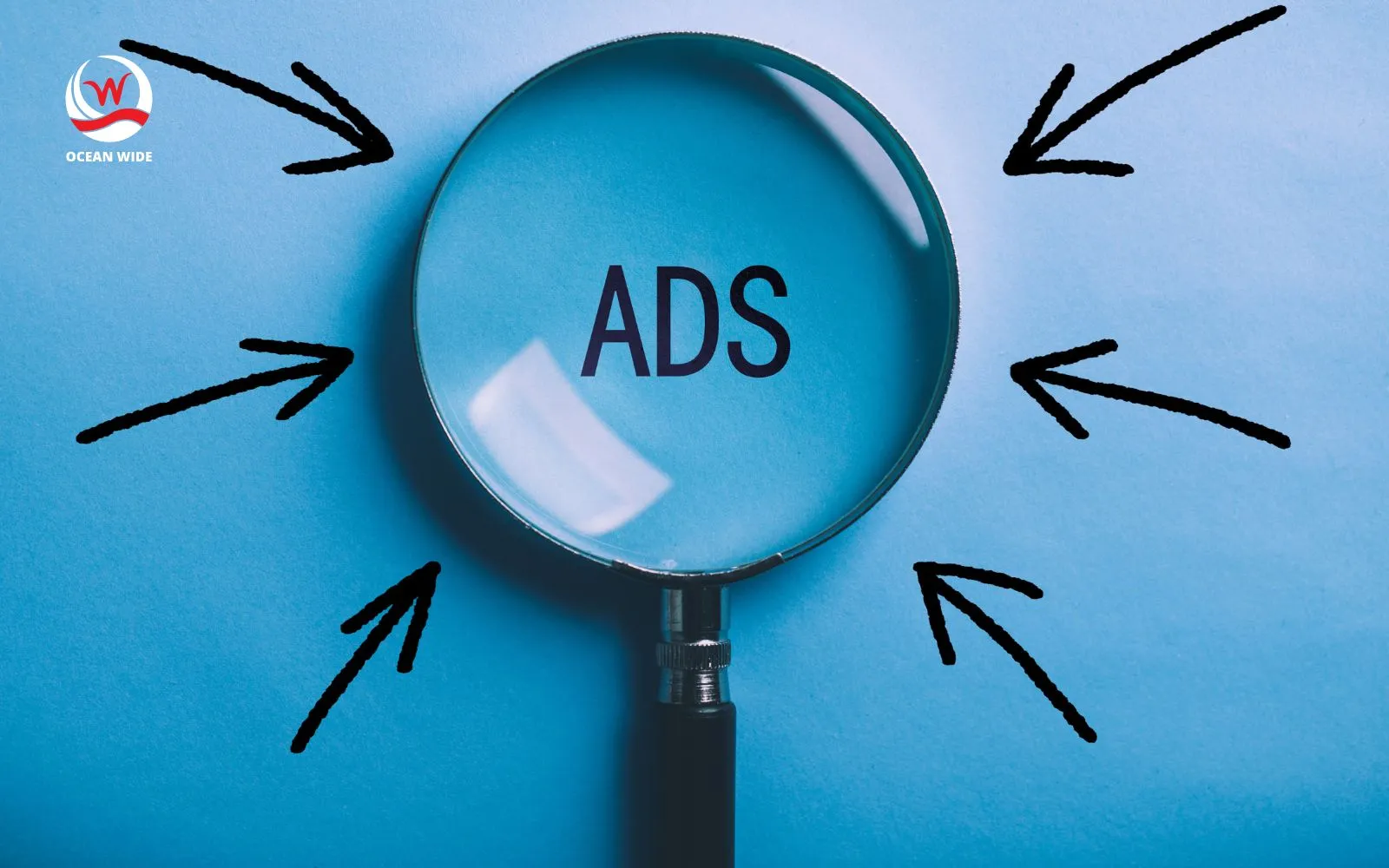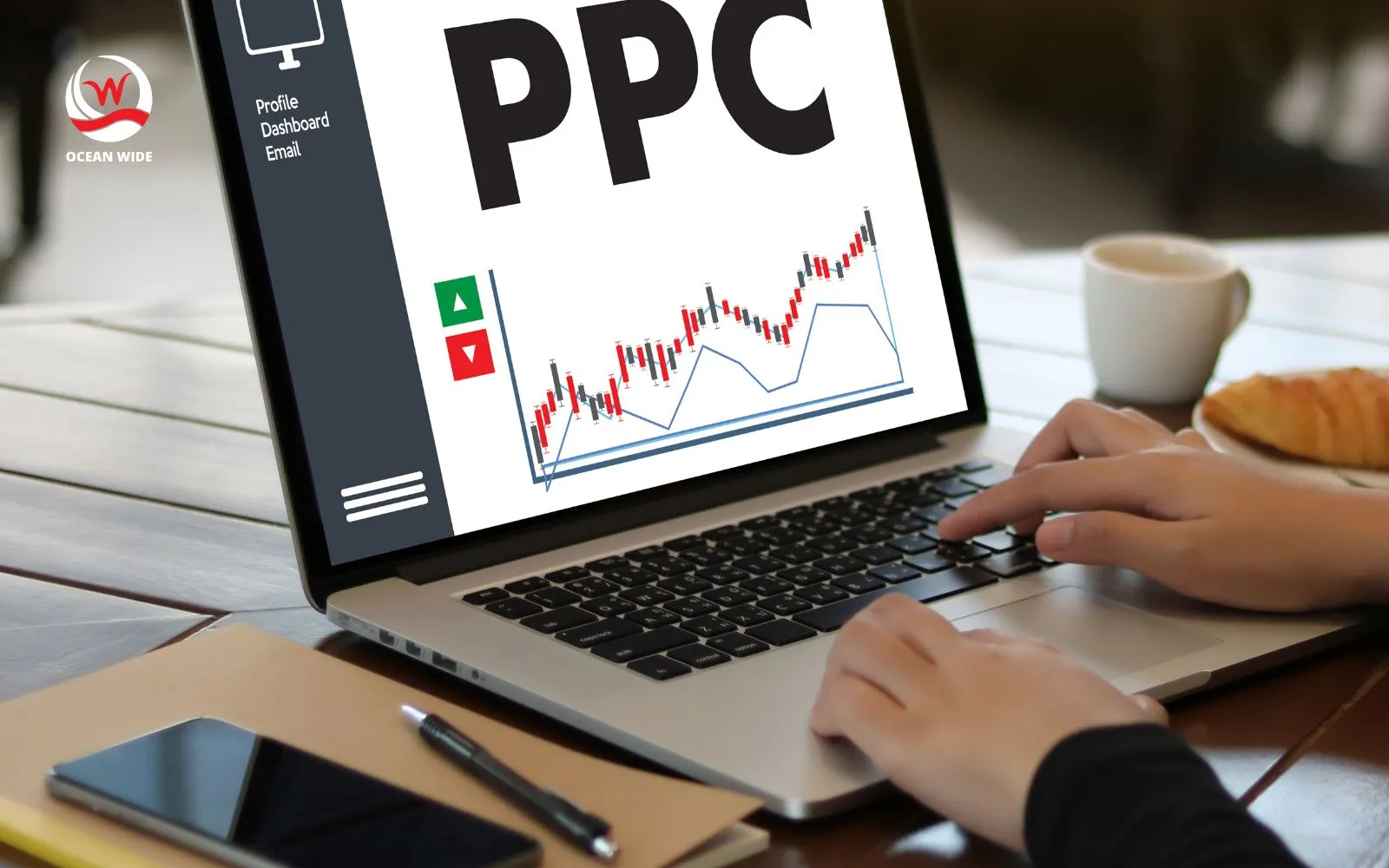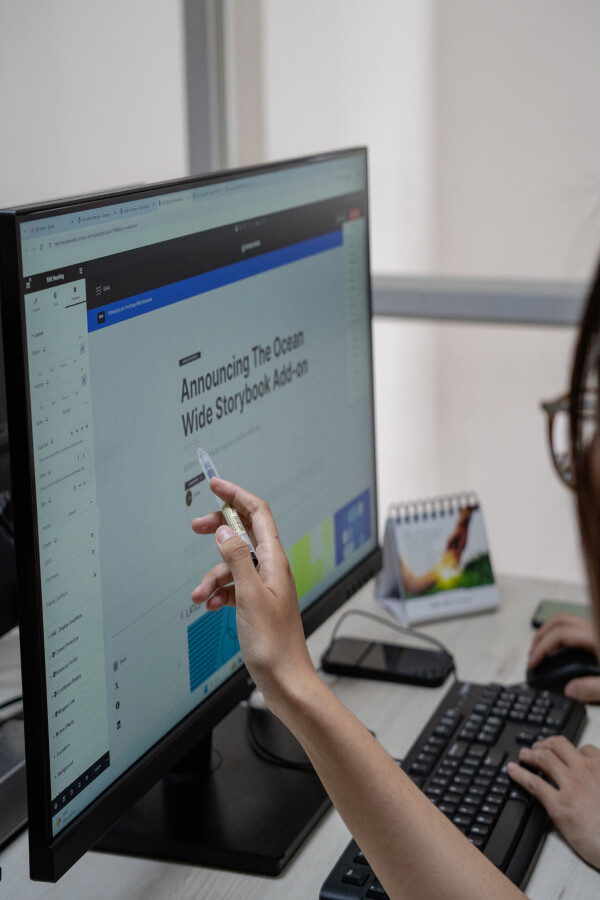Brands with national reach must balance global brand advertising campaigns with targeted, local relevance. The strategic and executional complexity of adapting to local market nuances often results in “forced tradeoffs,” undermining advertisers’ ability to execute well at the crucial, local level. For many the inefficient, people-heavy workflows behind every digital advertising campaign make it all but impossible to develop targeted solutions on a large scale.
And yet, recent research points out that localized advertising is more important than ever. 42% of online communities are connected by geography and research suggests that consumers trust social media ads and digital ads more than other forms of media.
If you’re focused on delivering unique messages across multiple locations, it’s time to focus on the fertile local advertising landscape. The future of localized advertising depends on automation to keep up with consumers’ needs and habits.
In this article, learn how automation helps advertisers overcome traditional bottlenecks in localized advertising to drive significant results. We’ll cover:
- The historical struggles of localized advertising
- The new way to automate local ads: Robotic Process Automation (RPA)
- User-friendly tools for automating localized advertising
Why is Localized Advertising So Difficult at Enterprise-Level Scale?
Advertising at the local level is complex, especially for multi-location enterprises. Learning what drives search, awareness, and intent at each location is a big job. Local marketing tends to sit closer to the transaction point than national campaigns, adding layers to the marketing process.
Enterprises have traditionally segregated each location’s advertising efforts. This involves launching, monitoring, managing, and understanding the nuances of each particular location, all while maintaining the standards of a national campaign. All of these elements are crucial—yet inefficient under the status quo.

Local-level ad teams usually run all of the branding campaigns at the national level because individual regions require the same advertising attention. Localized teams also contend with inventory levels at specific locations. Those inventory levels can inform a lot of advertising decisions: something national campaigns don’t necessarily have to bargain with.
Even with all this complexity, enterprises have run localized advertising strategies with little to no automation. It’s no wonder that burnout is on the rise for digital advertising teams.
Use Case: The Shortcomings of Labor-Intensive Localized Advertising Workarounds
Imagine the digital advertising strategy of an enterprise fast food chain. Rather than standardize ads across the country, each location adjusts its strategy to its unique audience and motivating factors.
Managing the countless intricacies of these various storefronts requires people to understand what makes local advertising work for each location. Typically, companies hire one local marketing advertiser per store or staff an agency to manage regions.
Either way, these approaches require people to comb through data sets, make updates, and analyze search intent for clarity. That’s a lot of time spent on tasks, making it difficult to do localized advertising effectively. It’s a far cry from automation.

For years, enterprises have tried bridging the gap in localized advertising with one-off tools or solutions. Others have implemented incomplete solutions like grouping stores together in a marketing automation box. In many cases, this one-size-fits-all “solution” is all they have at their disposal.
What if you didn’t have to fit into a box? What if you could make your local advertising processes work for you? The solution already exists to help you do this: Robotic Process Automation for Advertising (RPA4A).
How Can Robotic Process Automation Help Localized Advertising Teams?
If you’re an enterprise running localized advertising for multiple regions, you know the struggles that accompany creating, launching, and maintaining custom local campaigns. But why is RPA4A the ideal enterprise solution for localized advertising?
Robotic Process Automation for Advertising (RPA4) is a highly intelligent and efficient automation solution for digital marketers. Among the many benefits it offers to regional advertisers, RPA4A:
- Enables campaign management automation
- Minimizes errors
- Provides strategic insights at the local level
- Saves time and keystrokes
Let’s take a closer look at how some of these benefits play out in localized advertising workflows.
Create infinitely scalable custom campaigns
Independent locations require unique ad copy, creative assets, and CTAs. Historically, this means teams are sinking hours into writing, sourcing, and variations on a theme for new campaign creation and ongoing testing.
RPA4A can help you manage customized, individual campaigns at scale. When you’ve found the secret sauce that resonates with your audience, automation makes it easy to put more energy into what’s working. Automation also makes it easier to iterate on successful messaging for optimized performance across every campaign.

Save time and effort on labor-intensive tasks
Automation is a tech-driven way to handle high-touch demands. Many localized advertising tasks have historically required humans to do a lot of tasks that are primed for tech efficiency.
Think of automation like your car’s dashboard. If something comes up that needs your attention, a light pops up notifying you that something is amiss. Maybe a campaign budget ran out or a local promotion expires. Your job is simply to handle these issues as they arise, maintain speed, and focus on getting to your final destination.
Align enterprise-wide goals with local impact
Historically, enterprise teams struggle to source information and data from people on the ground in different locations. These gaps in data distribution, sourcing, and insights make it difficult to scale enterprise-wide efforts at the local level.
Automation tools, like Fluency’s CoLab, can actively solicit information and data from people on the ground at physical locations. CoLab fills gaps that local advertisers thought they were stuck with. Plus, it scales infinitely, meaning growth in any direction won’t get in your way.
CoLab also acts as a centralized platform for an enterprise’s digital advertising footprint. Improving enterprise-level communications with various locations makes it easier to enforce updated brand guidelines or distribute regional and national promotional materials.

Managing enterprise-level digital advertising strategies in this way ensures global brand compliance while putting autonomy back into the hands of local teams. For example, when the enterprise wants to put guardrails up and spend as efficiently as possible, local teams still have control over location-based customizations that resonate with their audiences. Ultimately, this is what improves your regional advertising results.
Remember: nobody knows the local landscape better than the person in that community. When enterprises manage localized advertising strategies in this way, it fosters a sense of guided autonomy for your local ad teams that can reduce turnover and burnout.
Unlock Localized Advertising Potential with Automation
Advertising at the local level is not new, but managing it efficiently is.
Rather than the one-size-fits-all box local advertising teams have previously been limited by, you should look for a comprehensive digital advertising operating platform that enables the implementation of endless rules specific to your business.

In a world where the traditional route to local marketing is labor-intensive and people-heavy, automation sets a higher bar for what marketers can achieve. Automation lets you inject data based on localized logic, then build thousands of highly customized, unique ad campaigns across a number of channels to drive your end goal, whatever that may be.

